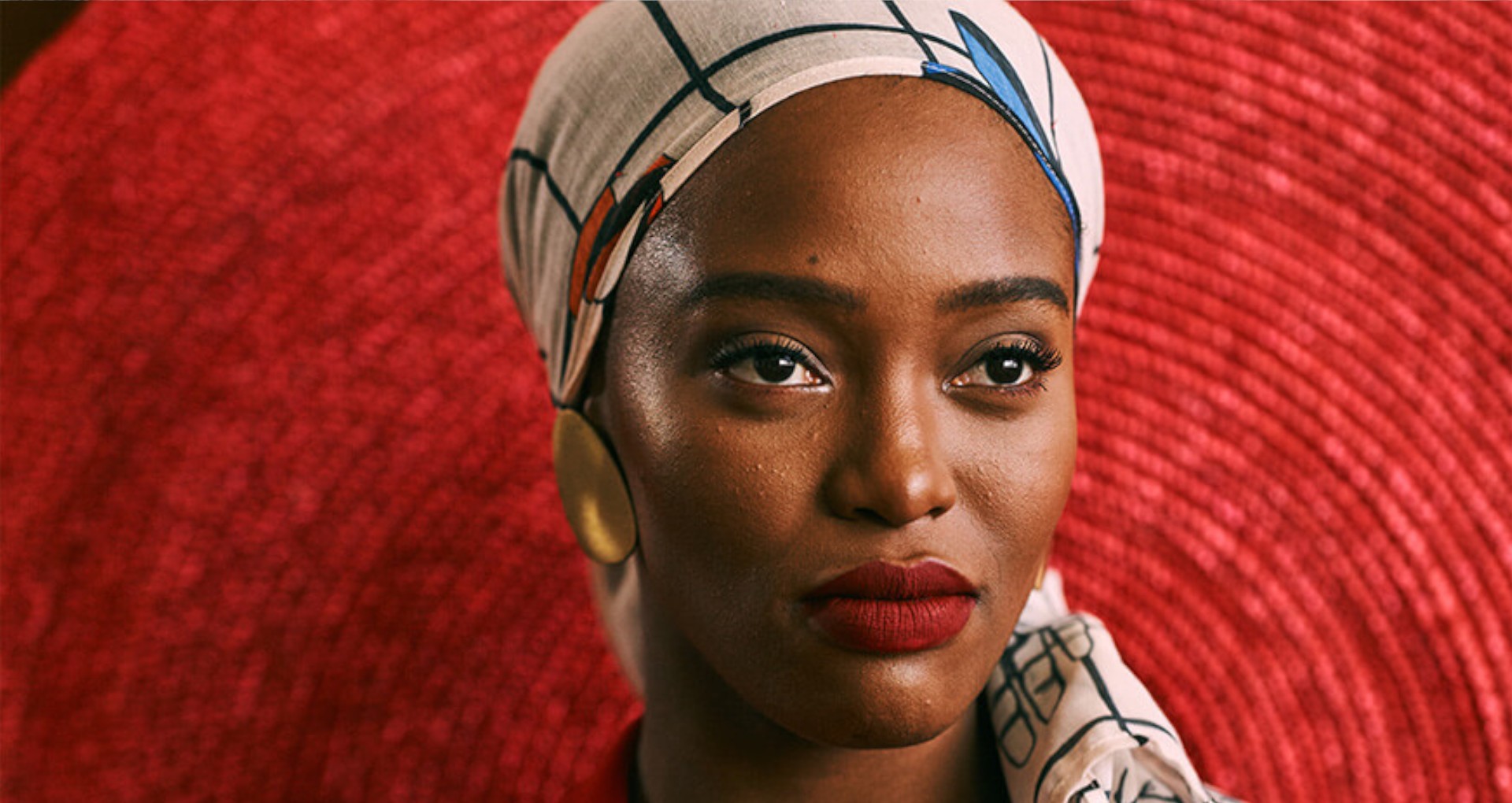Our tool for managing your permission to our use of cookies is temporarily offline. Therefore some functionality is missing.

THE NEW TREND? NO TRENDS.
Trends are dead – in fashion, design and all things creative. What matters most now is individualism. Artist Tony Gum explores the meaning of this new authenticity.
‘Living in a world that moves at such a fast pace, it’s easy to see why trends have lost their power. Trends leave the memory just as quickly as they enter. I judge the quality of my own work on audience engagement that is thought-provoking and interactive in its response. In other words, if it doesn’t start a meaningful conversation, it doesn’t have power.’
What is a trend?
‘I remember coming across a Facebook post of one of my earlier works, Black Coca-Cola – Xhosa Woman, where a few traditionalists could not look past the fact that a Xhosa woman was depicted wearing red lipstick (instead of black, which is the correct lip hue kwaXhosa). Initially, I was quite concerned about the reactions. Respecting and preserving the traditional Xhosa customs is an important part of my self-discovery. I strive to be authentic – and yes, I do think that authenticity has a lot to do with my success.
But what was interesting to me was a definition I encountered of the word trend: “a pattern of gradual development and change”. Those are the very same characteristics that are needed in the pursuit of individualism. I reminded myself that not everyone is going to be happy with how I depict my story. But, red lipstick or black, my journey as a Xhosa woman cannot be questioned.’
TRENDS LEAVE THE MEMORY JUST AS QUICKLY AS THEY ENTER.
Subverting stereotypes
‘This, of course, is a story not subjective to my environment. Many of us can relate – including people who have mastered the skills of navigating through globalisation and identity, like stylist Ibrahim “Ib” Kamara. Born in Sierra Leone, raised in Gambia and based in London, he deliberately explores and subverts stereotypes, and is an artist with a distinct style, true to himself. Trend or not, breaking the rules is a necessary process for any creative person. It allows creatives to grow, define and create their own traditions, designing safe spaces for “outcasts” trying to find their way through our global world.
An outcast is one who does not identify with a group, or simply isn’t accepted. In my case, it’s a Xhosa millennial who didn’t quite follow the rules, wearing red lipstick instead of black. The Internet has provided so many safe spaces for outcasts to represent themselves and be acknowledged. Today my artwork lives to observe and relay the evolution of my environment; where conforming is no longer an option and understanding my roots is the crux of individuality.
As a young teen, I remember how there was always an excitement about wearing the latest sneakers. Emulating celebrities was a way to find yourself or associate yourself with a crowd you found desirable. No longer being dressed by your mom and developing your own style was part of growing up.
I also distinctly remember the feeling of pretending to be something I wasn’t. The high I felt when buying the sneakers was temporary. Emulating others or following a set of rules too closely does not result in a genuine voice. My individual story is my most valuable asset. The same is true of all our stories.’



